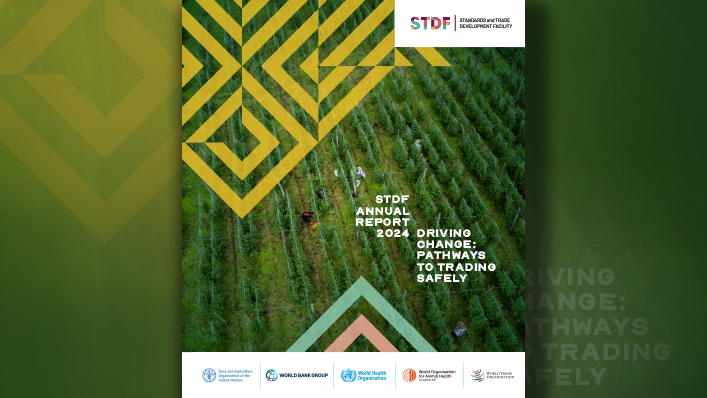
There are expectations that the terminal repo rate will be at 5.50 per cent by December 2025 (compared to against 6.50 per cent before the February rate cut)
| Photo Credit:
SANJAY SHARMA
The Centre may substantially benefit in the current monetary policy easing cycle, with its average cost of borrowing likely to dip below the 7 per cent level in FY26 after staying at or above this level in the preceding three years.
The cost of government borrowing (or the weighted average yield on government debt issuances) decreased to 7 per cent in FY25, from 7.20 per cent in FY24 and 7.30 per cent in FY23, according to RBI data.
Policy easing
The RBI’s rate-setting panel kicked off a loose monetary policy cycle with a 25 basis points (bps) repo rate cut in February (from 6.50 per cent to 6.25 per cent), followed by a similar cut earlier this month (from 6.25 per cent to 6.00 per cent).
Now, there are expectations that the terminal repo rate will be at 5.50 per cent by December 2025 (compared to 6.50 per cent before the February rate cut).
These rate cuts are aimed at supporting growth amid global tariff war and softening retail inflation. So, bond market participants project that the government’s overall cost of borrowing will decline by about 20 basis points in FY26 as well. This will also be bolstered by sufficient liquidity in the banking system.
In his latest monetary policy statement, RBI Governor Sanjay Malhotra emphasised that the change in monetary policy stance from ‘neutral’ to ‘accommodative’ means that going forward, in the absence of any shocks, the monetary policy committee is considering only two options — status quo or a rate cut.
On liquidity, he stressed that the RBI will provide sufficient liquidity, which could be in the region of 1 per cent of the banking system’s deposits in the current easing cycle
Borrowing plans
The Centre’s gross market borrowings through dated (Government) securities or G-Secs in FY26 are budgeted at ₹14.82 lakh crore. This works out to increase of about 5.8 per cent over ₹14.01 lakh crore in FY25 (Revised Estimate).
If the Government gets to borrow cheap, it will also have a salutary effect on the cost of borrowings of India Inc.
Yield outlook
V Rama Chandra Reddy, Head-Treasury, Karur Vysya Bank, observed that as of now, the terminal repo rate expectations are at 5.50 per cent. So, it is quite possible that with comfortable liquidity conditions, the yield of the benchmark 10-year G-Sec could thaw to 6.20 per cent (from April 17th closing yield of 6.37 per cent).
“As of March-end 2024 and March-end 2025, the yield of the 10-year benchmark G-Sec closed at 7.08 per cent and 6.60 per cent, respectively. This translates into 48 basis points softening in the yield. If we average the yield decline across securities of various tenors, the fall in yields (taking the median path) is about 20 bps. So, the overall borrowing cost for the Government declined to that extent in FY25.
“With expected repo rate cuts and comfortable liquidity conditions, the overall cost of Government borrowing could decline by another 20 bps or so in FY26,” he said.
Jitendra Gohil, Chief Investment Strategist, Kotak Alternate Asset Managers, noted that despite volatility in the global markets, Indian yields have remained well-anchored, the Rupee has strengthened recently, and the fiscal deficit is consolidating (the fastest in the world).
“This is at a time when other developed market yields are at multi-decade highs, and their fiscal deficits have been expanding even after Covid-19 is over.
“It highlights India’s macro stability and should bode well for India’s credit rating, if only the credit agencies acknowledge it! Both the government and the RBI have headroom to stimulate growth, which isn’t the case for most economies,” Gohil said.
Published on April 18, 2025









